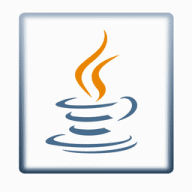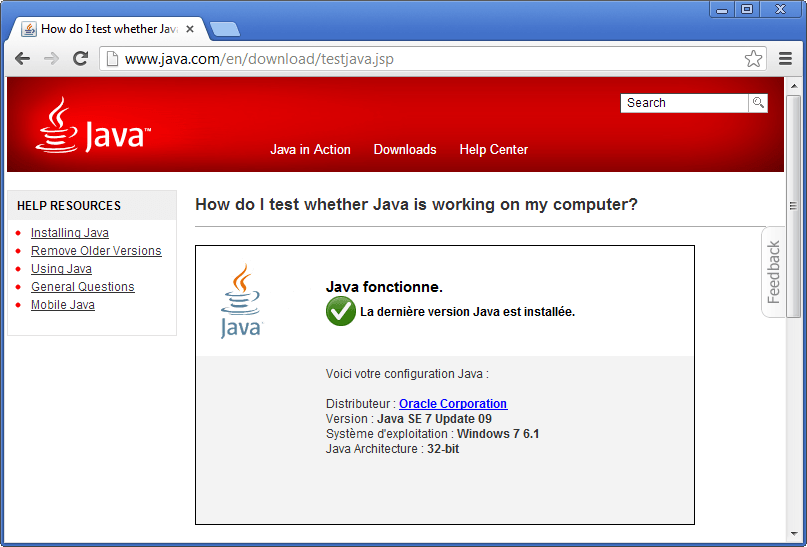Java is no longer installed with a OS X 10.11 El Capitan clean install, and you’ll find that after updating a Mac a prior version of JRE may no longer function.
You may come across when trying to use some particular applications or web content, “This application requires the legacy Java SE 6 runtime which is unavailable for this version of OS X.” error message, which means if you want to run that app you’re going to need to use an older version of Java.
If you do not need Java, you should not install Java. Java is, and always has been, the source of many security holes.
Here’s how you can install JRE (Java Runtime Environment).
Patch Name: jre-8u191-macosx-x64.dmg: Patch Description: Update for Java Runtime Environment for Mac (1.8.191) Bulletin Id: MAC-033: Bulletin Title: Java Runtime Environment 8 Updates For Mac. Download Java for OS X directly from Oracle. Get the latest version If an app or webpage you want to use asks you to install Java software, you can download the current version of Java for OS X directly from Oracle's website.
- Important: Ensure that you install Java SE 6 Runtime only by clicking Install in the pop-up window.If you install Java SE 6 or 7 Runtime through any other means (for example, by directly accessing Java.com), Dreamweaver could still display the prompt.
- Java SE 10 Archive Downloads. Go to the Oracle Java Archive page. The JDK is a development environment for building applications using the Java programming language. The JDK includes tools useful for developing and testing programs written in the Java programming language and running on the Java TM platform.
Step 1. Open Safari and go to the Oracle Java downloads page and download the JRE .tar.gz version. You should end up with a file named something similar to jre-8u65-macosx-x64.tar.gz.
Java Runtime Environment For Mac
Step 2. Go to your Downloads folder and extract the JRE download or use Terminal to extract files:
Step 3. Open Terminal
Step 4. Edit the Info.plist file within to enable the JRE to be used from the the command line, and from bundled applications:
Step 5. Move the JRE folder to the correct location:
Java Runtime Environment Download Mac
Type password on prompt.
Be sure you are in the correct directory (the JRE folder) when you issue this command, because it will move your current directory to /Library/Java/JavaVirtualMachines/!
Step 6. Create a link to add backwards compatibility for some applications made for older Java versions:
You should be done now, so try and open the application. If it does not work, some applications require legacy Java 6 to be installed.
You can have it installed without actually using it, however, it’s possible to trick the applications into thinking legacy Java 6 is installed, without actually doing so.


Step 1.Disable SIP (System Integrity Protection) in OS X El Capitan. Here is tutorial to disable and enable SIP.
Step 2. Trick some applications into thinking that legacy Java 6 is installed by creating two folders with the following commands in Terminal:
Java Runtime Environment Windows 10
Step 3. Don’t forget to enable SIP again after creating these directories.
